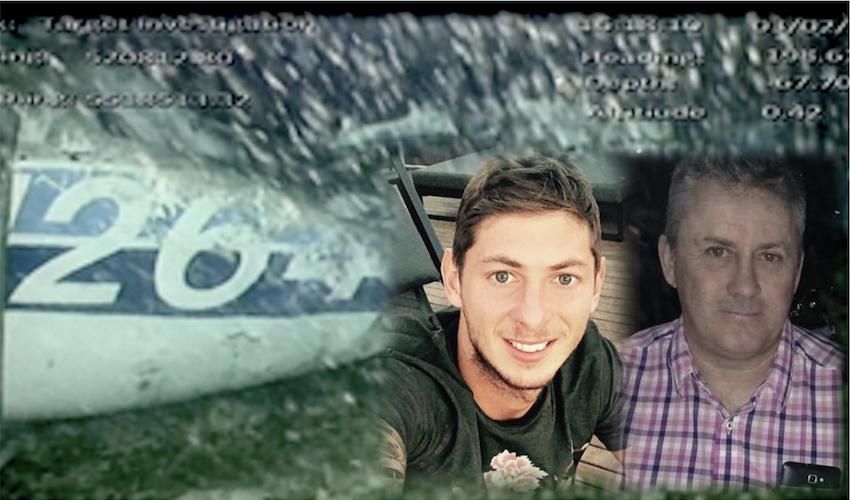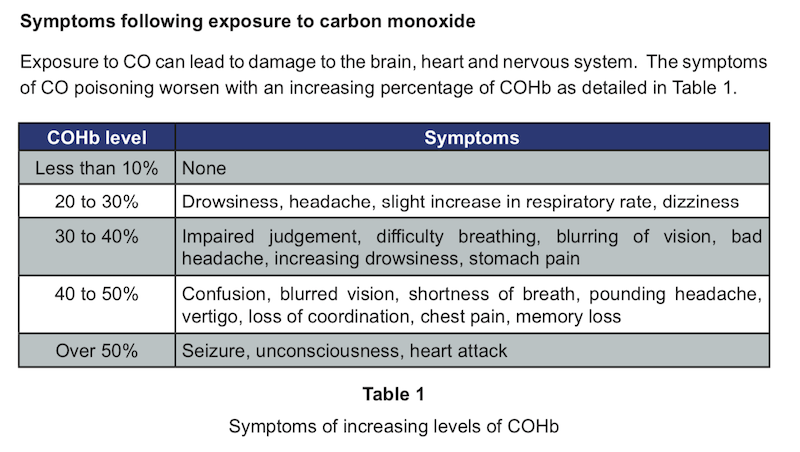


It's been confirmed that David Ibbotson was probably exposed to carbon monoxide before the plane he was flying crashed into the Channel north-west of Alderney, killing footballer Emiliano Sala.
Mr Ibbotson has not been seen since the Piper Malibu he was flying disappeared from radars near Les Casquets, as it made its way from Nantes to Cardiff.
The plane's wreck was discovered on the sea bed and Mr Sala's body was recovered in the weeks following the January accident, after a private search was launched with the help of expert David Mearns.
An interim special report into the accident has now been released including the results of some of the toxicology tests carried out during the post mortem examination on Mr Sala's body.
Those tests have shown he had 'a high saturation level of COHb (the combination product of carbon monoxide and haemoglobin)' in his body. The interim report says, 'it is considered likely that the pilot would also have been exposed to carbon monoxide'.

Pictured: The interim report details symptoms which can be experienced due to exposure to carbon monoxide.
The report says, 'it is clear from the symptoms that exposure to CO can reduce or inhibit a pilot’s ability to fly an aircraft depending on the level of that exposure'.
The Air Accident Investigation Branch which is leading the enquiry into Mr Ibbotson's disappearance and Mr Sala's death have said the release of the Special Bulletin today is intended to highlight 'the danger of exposure to carbon monoxide in both piston and turbine engine aircraft' and will be followed by a final report with more details once all of the investigations into the accident have been completed.
Principal Inspector of Air Accidents Geraint Herbert has warned about the danger of carbon monoxide in a video released to coincide with the interim report.
The AAIB says it is working with the aircraft and engine manufacturers and the National Transportation Safety Board (NTSB) in the USA to 'identify possible pathways through which CO might enter the cabin of this type of aircraft'.
'Work is also continuing to investigate pertinent operational, technical, organisational and human factors which might have contributed to the accident', it said.
The AAIB has also issued advice to pilots including the actions to take if the presence of CO is suspected, before the full report is released into the Piper Malibu tragedy:
The interim Special Bulletin released by the AAIB can be read here.
Pictured top: Emiliano Sala and David Ibbotson and the plane they were flying in.
Comments
Comments on this story express the views of the commentator only, not Bailiwick Publishing. We are unable to guarantee the accuracy of any of those comments.